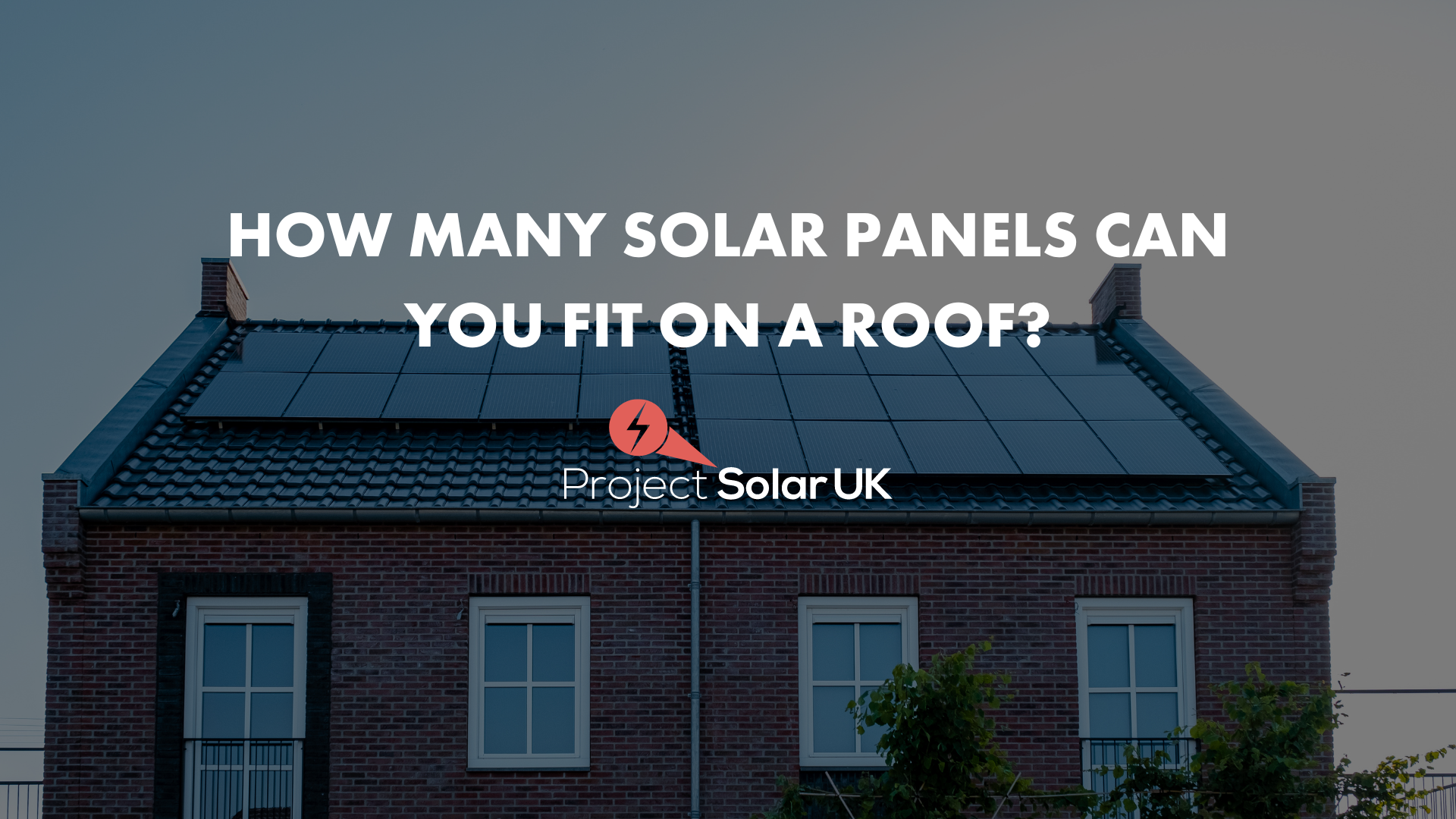The number of solar panels you can install on your roof depends on various factors. Professional installers take into account the dimensions of the solar panels, the condition of your roof, and the available usable space. They also ensure that the installation aligns with your energy demands while fitting within the constraints of your property. Through careful planning and precise calculations, it's entirely feasible to design a solar system tailored specifically to your needs. Before determining the size of your solar system, ask yourself a few key questions: While this might seem like a lot to consider, each question directly impacts your home's overall energy consumption. Be thorough and review your electricity bills from the past year. If you haven't been saving your bills, start doing so now. Having data from different times of the year will give you a clearer picture of your energy usage. Without significant financial investment, it's unlikely that you'll be able to run your home entirely on solar energy. More often, you'll use a mix of renewable energy and grid-supplied power. There are three primary factors to consider when determining how much solar power is needed to meet your current consumption: The more electricity you consume, the more solar panels you'll need. According to Ofgem, the average UK household uses around 2,700 kWh of electricity annually. While this number can serve as a rough estimate, it might not be entirely accurate for your specific situation. Sunlight levels vary seasonally and regionally in the UK, so for a more personalized assessment, consider using a solar panel calculator. This three-step calculation will analyze your most-used appliances, their wattage, and how many hours they're used daily. You can even delve deeper to uncover your monthly energy consumption based on peak sunlight hours. During winter, countries in the Northern Hemisphere tilt away from the sun. UV rays strike the Earth's surface at an angle, making the sun appear lower in the sky. This can impact solar energy production in various ways. With fewer daylight hours, solar productivity may dip in winter. However, the positives outweigh the negatives! In the spring, summer, and early autumn, your home receives direct, more concentrated sunlight for extended periods. Using The Met Office's UK climate averages, you can gauge how many hours of sunlight you'll receive throughout the year. Combining these figures with your annual energy requirements can help you estimate how many solar panels you'll need. What Are the Conditions of Your Roof? Realistically, you can't achieve your desired number of solar panels without a roof to support them. If you have high energy needs (and thus require a larger solar system), your roof must be structurally sound enough to bear the weight. You'll also need sufficient space for installation. Architectural features like roof windows or skylights might reduce your roof's total available surface area. Other sections may be unusable due to constant shade. You can attempt to calculate your roof's total available surface area yourself by multiplying the length of your roof by its slope height. Then multiply this by two and adjust for any obstructed areas. Alternatively, contact the experts at Project Solar to evaluate this for you. As you can see, figuring out how many solar panels will fit on your roof is not a simple task. Even after determining how many panels you'll need based on your average energy consumption, you'll still need to consider the size of the panels themselves. Solar panel sizes vary between manufacturers, so providing an average is nearly impossible! However, as solar panel technology has advanced, PV systems have become more compact. To find out the size of your manufacturer's solar panels, you'll need to reach out to them directly. In the UK, there is no set maximum number of solar panels that can be installed on a roof. However, there are some regulatory considerations to keep in mind. For systems of a certain size, you must obtain prior approval from the local Distribution Network Operator (DNO). This ensures that the local grid can handle the additional load the solar system may feed back into it during peak generation times. Understanding your energy consumption can significantly impact your lifestyle. Not only will you gain a better grasp of the most suitable solar system for your needs, but it can also make you a more conscientious consumer. Join us in reaching the net-zero 2050 goal by going green! With more residential and commercial installations, we can collectively reduce our carbon footprint. To learn more about what we offer, get in touch. Edge Bander,Bander Machine,Automatic Edge Banding,High Speed Automatic Edge Bander Captain intelligent equipment co., ltd , https://www.2captain.com
Can I Power My Home Entirely with Solar Energy?
What Is Your Typical Energy Consumption?
Does Your Home Get Enough Sunlight?
How to Calculate How Many Solar Panels Will Fit on Your Roof
What Is the Size of a Solar Panel?
What Is the Maximum Number of Solar Panels Allowed in the UK?
Join the Solar Revolution!